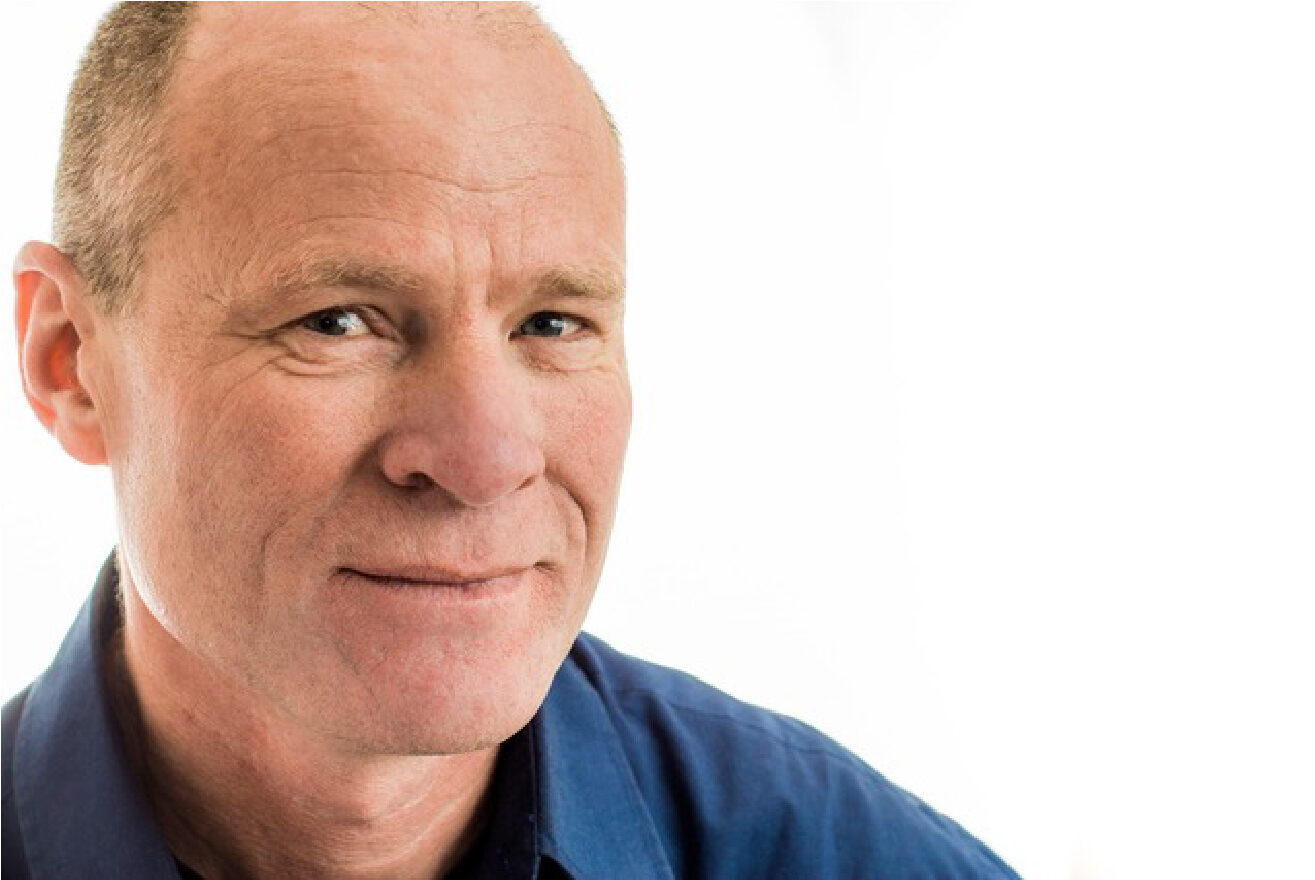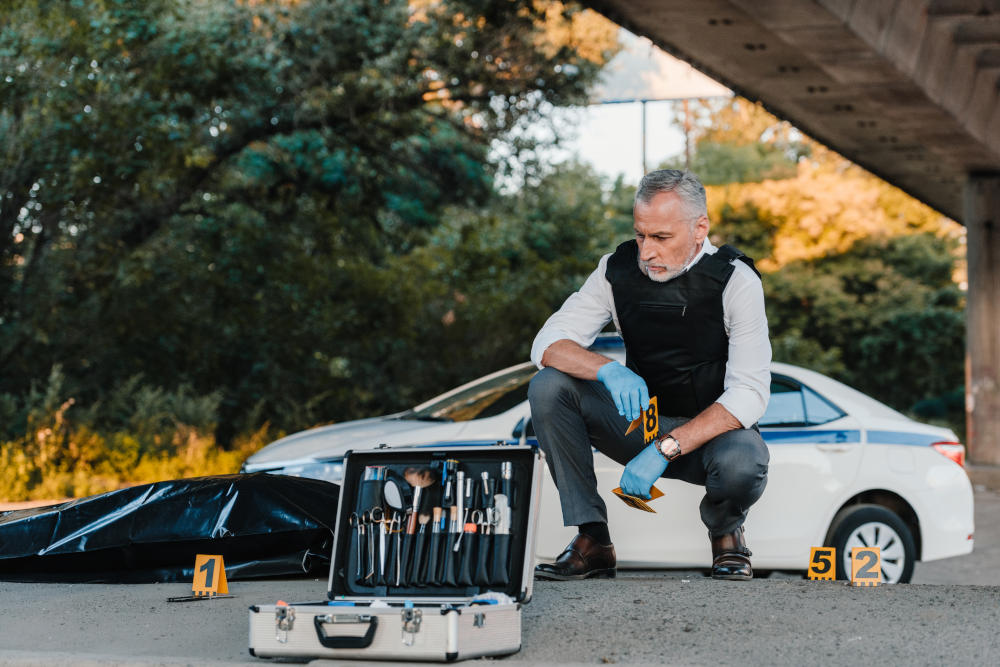Summary
This guide delves into the legal standards and precedents that dictate the admissibility of expert testimony in court proceedings. By understanding these principles lawyers can effectively navigate the complexities of presenting expert evidence, thus enhancing their chances of success in litigation.

Rick August, PhD
Working as as Expert Witness, Dr. August provides testimony in crash analysis, traffic safety, road user behavior, and driver education. His expertise is in commercial vehicles (trucks & buses), duty of care, and air brakes.
Introduction
In legal proceedings, expert testimony often plays a pivotal role in determining the case’s outcome. Whether in civil or criminal trials, expert witnesses are relied upon to provide specialized knowledge and opinions to judges and juries. The complex information must be presented in a digestible format that can be understood by persons who have no prior knowledge of the topic. At one and the same time, the admissibility of expert witness testimony is subject to stringent standards and precedents, designed to ensure its reliability and relevance to the case at hand.
For attorneys preparing to present expert evidence in court a thorough understanding of these legal standards is important. This guide presents the key principles governing the admissibility of expert testimony, thus empowering legal practitioners to navigate this crucial aspect of litigation with confidence.
1. The Daubert Standard
Central to the admissibility of expert testimony in federal courts in the United States is the Daubert standard. This precedent was established by the Supreme Court in the landmark case Daubert v. Merrell Dow Pharmaceuticals, Inc. (1993). The standard requires that expert testimony be both relevant and reliable, with the judge serving as the gatekeeper. The judge is tasked with assessing the expert testimony’s admissibility. This standard moves to exclude expert testimony that is either unreliable or considered pseudoscientific.
In 1999, the U.S. Supreme Court ruled that the Daubert Standard “may apply to non-scientific testimony, meaning “the testimony of engineers and other experts who are not scientists.”[1] “In an opinion delivered by Justice Stephen G. Breyer, the Court held that a federal trial judge’s “gatekeeping” obligation applies not only to “scientific” testimony, but to all expert testimony.”[2]
An expert witness’ testimony is admissible in court under the Daubert standard when the witness is in fact an expert. The expert witness testifies regarding scientific, technical, or has specialized knowledge about a topic. In other words, the expert has education, experience, and/or established authority in their field of expertise. Further, their methodologies and practices of arriving at their opinion are supported by other professionals in their field of expertise.
Under the Daubert standard, judges consider various factors in evaluating the reliability of expert testimony. These include:
- whether the methodology employed by the expert has been subjected to peer review.
- the deductive process and methodology’s error rate;
and whether the expert opinions have gained general acceptance within the relevant scientific or professional community.
The Daubert Standard requires that expert testimony be both relevant and reliable, with the judge serving as the gatekeeper. The judge is tasked with assessing the expert testimony’s admissibility.
2. Frye Standard
Although abandoned by many American states and the Supreme Court, an alternative to the Daubert standard is the Frye standard. This legal standard originated from the case Frye v. United States (1923). Under this standard, expert testimony is admissible if it is based on scientific principles that are sufficiently established and accepted within the relevant field.
Unlike the Daubert standard, which allows judges to consider a broader range of factors in assessing the admissibility of expert testimony, the Frye standard focuses primarily on the general acceptance of the scientific principles underlying the expert’s opinions. The Frye Standard received criticism for preventing reliable technology from being admitted into evidence owing to the newness of the technology. Finger printing in the first half of the twentieth century, for example, took time to be accepted by the courts owing to both the newness of the technology and resources needed to analyze the evidence. Fingerprints however have proven reliable and pass through the Daubert legal standard.
Challenges to the Admissibility of Expert Testimony
Despite the rigorous standards set forth by the Daubert and Frye precedents, challenges to the admissibility of expert testimony are not uncommon. Opposing parties may seek to exclude expert evidence by arguing that it fails to meet the requisite standards of relevance and reliability. In Kumho Tire Company, Ltd. v. Carmichael, for example, the court excluded the expert witness’ testimony deeming the methodology to be “insufficiently reliable.”[3]
To bolster the admissibility of expert testimony, attorneys must be prepared to demonstrate:
- the soundness of the expert’s methodology;
- the relevance of their opinions to the specific details and events of the case;
- and their qualifications to testify as an expert in their relevant field.
This often involves presenting supporting documentation, such as peer-reviewed studies, professional certifications, and prior court decisions recognizing the expertise of the witness.
Recent Precedents and Developments
In recent years, courts have grappled with evolving issues surrounding the admissibility of expert testimony, particularly in areas of expertise such as:
As technology continues to advance, courts are tasked with ensuring that expert evidence keeps pace with these developments while upholding the standards of reliability and relevance.
Attorneys must stay abreast of these evolving precedents and developments to effectively advocate for the admissibility of expert testimony in their cases. By staying informed about recent decisions and emerging trends in the law, lawyers can better anticipate potential challenges. In doing so, strategies can be devised to overcome opposition to their expert’s testimony.
In conclusion, the admissibility of expert testimony is a critical aspect of litigation. Expert witness testimony in a case requires careful attention to legal standards and precedents. By understanding the Daubert–and to a lesser degree the Frye standards–anticipating potential challenges, and staying up-to-date on recent developments allows attorneys to enhance their ability to present persuasive expert evidence in court. In doing so, they contribute to the fair and just resolution of disputes. This process ensures that the judicial process is informed by reliable and relevant expert testimony.
[1] Jim Robinson, “Daubert Standard,” Legal Information Institute, https://www.law.cornell.edu/wex/daubert_standard.
[2] Kumho Tire Company, Ltd. v. Carmichael.” Oyez,www.oyez.org/cases/1998/97-1709. Accessed 2 Apr. 2024.
[3] For full analysis of case see: Ibid.
[4] Digital forensics is a branch of forensic science that focuses on identifying, acquiring, processing, analysing, and reporting on data stored electronically. See: Interpol, “Digital Forensics,” https://www.interpol.int/en/How-we-work/Innovation/Digital-forensics.
[5] Genetic testing can be used to identify the perpetrator in a serious crime.
[6] For legal cases involving artificial intelligence see: The Fashion Law, “From Chatgpt to Getty V. Stability Ai: A Running List of Key Ai-Lawsuits,” https://www.thefashionlaw.com/from-chatgpt-to-deepfake-creating-apps-a-running-list-of-key-ai-lawsuits/.

